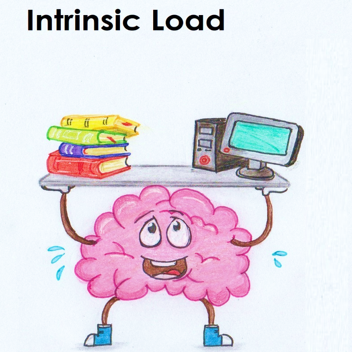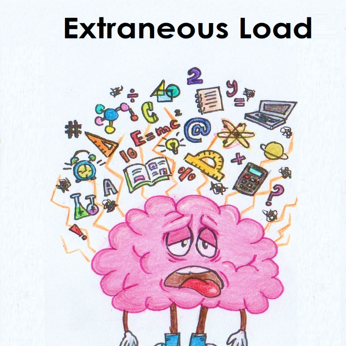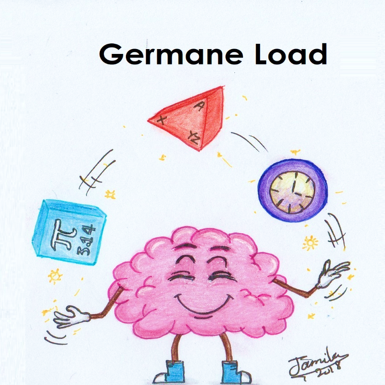What is Cognitive Load?
Cognitive Load Theory is rooted in the idea that a human being’s working memory, or the short term memory required to complete an immediate task or operation, is limited. Therefore, the working memory, or short-term memory, can be easily overloaded. If this occurs, a person’s ability to learn is impaired. This is similar to a computer. When too many tabs are open on a web browser, the speed and effectiveness of the computer is negatively impacted.
What is working memory?
Learning starts when humans sense something. After sensory perception occurs, the perception enters the brain. After a short passage through the amygdala to check for threats and frontal lobes, it arrives in the hippocampus, a part of the temporal lobe that plays a major role in learning and memory. It is here that the working memory sorts out what information is worth storing in schemas, or “folders,” in the long term memory and what can be discarded.
What are schemas?
When a learner encounters new information, the brain organizes these bits of data into “folders” of similar content called schemas.
What is Cognitive Load Theory?
Cognitive Load is the amount of information the working memory can manipulate at a given moment. If working memory is overwhelmed, the brain’s ability to effectively encode information in the long term memory is undermined. The three types of cognitive loads are intrinsic, extrinsic, and germane.
Intrinsic cognitive load refers to the innate difficulty of a task. For example, remembering the meaning of a new word has a relatively low intrinsic load. However, using the word in a sentence has a higher intrinsic load.
Extraneous cognitive load refers to stimuli external to the task itself. In other words, it is the environment surrounding the task, or intrinsic load. For instance, the instructions a teacher provides, busy environments, and materials all serve as examples of extraneous loads.
Germane load refers to the prerequisite skills, knowledge, and schemas required to effectively process and internalize new information. They are carefully scaffolded and rehearsed strategies learners use to successfully grapple with intrinsic load and store novel information in their long term memories.




